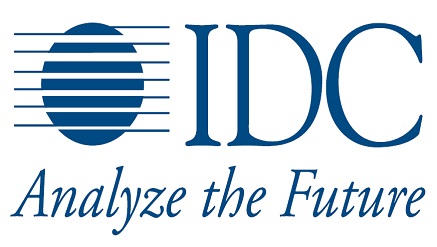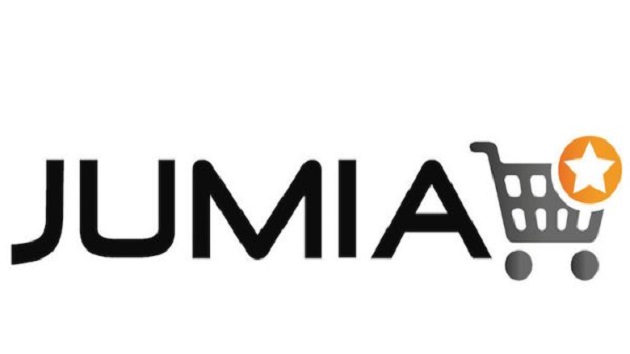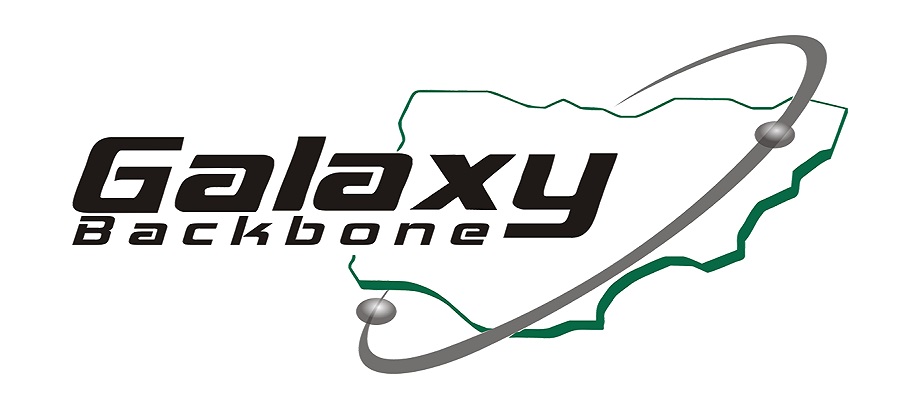E-Business
How Big Data & Analytics Will Play In 2015

In its Worldwide Big Data and Analytics 2015 Predictions web conference, International Data Corporation (IDC) yesterday hosted the IDC FutureScape, provided organizations with insight and perspective on long-term industry trends along with new themes that may be on the horizon.
The web conference series and accompanying IDC FutureScape reports are designed to help company leaders capitalize on emerging market opportunities and plan for future growth.
The predictions from the IDC FutureScape for Big Data and Analytics are:
Visual data discovery tools will be growing 2.5x faster than rest of the BI market. By 2018 investing in this enabler of end user self-service will become a requirement for all enterprises.
Over the next 5 years spending on cloud-based BDA solutions will grow 3x faster than spending for on-premise solutions. Hybrid on/off premise deployments will become a requirement.
Shortage of skilled staff will persist. In the U.S. alone there will be 181k deep analytics roles in 2018 and 5x that many positions requiring related skills in data management and interpretation.
By 2017 unified data platform architecture will become the foundation of BDA strategy. The unification will occur across information management, analysis, and search technology.
Growth in applications incorporating advanced and predictive analytics, including machine learning, will accelerate in 2015. These apps will grow 65% faster than apps without predictive functionality.
70% of large organizations already purchase external data and 100% will do so by 2019. In parallel more organizations will begin to monetize their data by selling them or providing Value Added Content.
Adoption of technology to continuously analyze streams of events will accelerate in 2015 as it is applied to IoT analytics – which is expected to grow at a 5-year CAGR of 30%.
Decision management platforms will expand at a CAGR of 60% through 2019 in response to the need for greater consistency in decision making and decision making process knowledge retention.
Rich media (video, audio, image) analytics will at least triple in 2015 and emerge as the key driver for BDA technology investment.
By 2018 half of all consumers will interact with services based on cognitive computing on a regular basis.
“Leading organizations are changing how they measure their operations, interactions with customers, and resource allocations,” said Dan Vesset program VP for Business Analytics and Big Data research. “Faster access to more relevant data and constant experimentation is creating a further gap between leaders and the rest of the organizations. It is also creating new challenges for IT and business leaders tasked with their organization’s big data and analytics strategy and execution.”
The IDC FutureScape report that this web conference is based on will be published and available within the next 24 hours.
IDC FutureScapes are used to shape IT strategy and planning for the enterprise by providing a basic framework for evaluating IT initiatives in terms of their value to business strategy now and in the foreseeable future.
E-Business
Galaxy Backbone Celebrates the Federal Government’s Paperless Civil Service Milestone

Galaxy Backbone (GBB) aligns with and celebrates the successful announcement by the Office of the Head of the Civil Service of the Federation on the achievement of a Paperless Civil Service, a significant milestone in Nigeria’s public sector reform and digital transformation agenda.

The milestone was formally highlighted at a press briefing led by the Head of the Civil Service of the Federation, Mrs. Didi Esther Walson-Jack, who commended Galaxy Backbone for its sustained support and contribution throughout the implementation of the programme.
GBB has played a critical role in enabling this transition by providing secure, scalable, and shared digital infrastructure that supports the digitisation of government processes across Ministries, Departments and Agencies (MDAs). Through the 1Government Cloud, MDAs have been empowered to migrate from paper-based workflows to digital platforms, improving efficiency, collaboration, data security, and service delivery across the Federal Civil Service.
In addition, GovMail, GBB’s secure government email platform, has strengthened official communication, enhanced records management, and reinforced cybersecurity standards—key pillars in sustaining a paperless operating environment.
Galaxy Backbone acknowledges the collective efforts of the Office of the Head of the Civil Service of the Federation, Permanent Secretaries, Directors of ICT, consultants, partners, and dedicated public servants whose commitment and collaboration ensured the smooth delivery of this initiative.
The Managing Director/Chief Executive Officer of Galaxy Backbone, Prof. Ibrahim Adeyanju, was represented at the press briefing by Akintayo Bamisaye, Acting Group Head, Research, Digital Innovation and Skills Department (RDIS).
GBB describes the achievement as a strong close to 2025 and reaffirms its commitment to supporting the Federal Government in building a modern, efficient, and digitally enabled public service.
E-Business
Jumia CEO says Black Friday Signals Nigeria’s E-Commerce Maturity

At the close of 2025, Temidayo Ojo, the CEO of Jumia Nigeria, reflected on a year-end shopping season that points to the growing maturity of the country’s e-commerce market. “Black Friday is no longer a single, short-lived spike in activity,” he said.

“It has become a familiar, anticipated moment in the retail calendar, where consumers shop deliberately and with confidence.”
Preliminary KPIs for the two months ended November 30, 2025, show strong year-on-year growth in both orders and Gross Merchandise Value (GMV), with GMV growth outpacing order growth. This indicates that customers are placing fuller, more considered baskets rather than shopping in fragmented transactions. Nigeria ranked among Jumia Group’s better-performing markets, with engagement remaining steady throughout the Black Friday period rather than spiking briefly and tapering off.
A key factor behind this performance is the growing familiarity of consumers with online shopping. Customers are increasingly leveraging platform features such as saved carts, brand stores, and price comparison tools to plan purchases in advance. This trend suggests that digital commerce is becoming embedded in everyday habits rather than being viewed as a one-off event.
Ojo also highlighted the role of Jumia’s JForce network in connecting digital commerce to local communities. “Our agents are critical to ensuring that customers across Nigeria, including secondary cities and smaller communities, have access to variety, consistent pricing, and reliable delivery,” he said. “During peak periods like Black Friday, JForce agents can respond faster, serve more customers efficiently, and build stronger local relationships. This isn’t just a distribution channel—it’s a pathway to sustainable income and inclusion.”
Reflecting on the overall performance, the CEO concluded: “What we’re seeing this year-end is steady engagement across categories, stronger consumer confidence, and partners like our JForce agents benefiting from increased activity.
“It confirms that Nigeria’s e-commerce ecosystem is maturing, growing in a more structured and resilient way. As the December Holiday Sale continues, we expect these patterns of familiarity, trust, and participation to sustain momentum and drive both commerce and community impact across the country.”
E-Business
Galaxy Backbone Tops FG’s Website Performance Ranking

Galaxy Backbone Limited (GBB) has been ranked first overall in the 2025 Federal Government Website Performance Scorecard.

This is a landmark achievement for Nigeria’s digital economy.
The ranking, conducted by the Bureau of Public Service Reforms (BPSR), is the definitive benchmark for digital excellence and transparency across all Ministries, Departments, and Agencies (MDAs).
Professor Ibrahim Adepoju Adeyanju, managing director and CEO of Galaxy Backbone, received the award during a ceremony in Abuja.
He described the feat as a validation of the agency’s“Nigeria First”data sovereignty strategy and its relentless pursuit of service excellence.
This recognition comes as the Federal Government intensifies its push to achieve a fully paperless civil service by December 31, 2025.
GBB has been the primary architect of this transition through its 1Gov Enterprise Content Management (ECM) platform, which now hosts the operations of almost all federal MDAs.
The award adds to a growing list of accolades for Galaxy Backbone in 2025, following its recent win of the “International Standard Excellence Award for Best IT Service Provider.”
As the central hub for government shared services, GBB’s performance serves as a blueprint for other agencies currently undergoing digital transformation.
With its expanded fiber-optic backbone now covering over 13 states and its secure cloud solutions, Galaxy Backbone remains the cornerstone of Nigeria’s vision to become a leading digital nation by the end of the decade.

 Broadcasting2 days ago
Broadcasting2 days agoDStv Offers Instant Package Upgrade for Customers from January to February

 E-Financial2 days ago
E-Financial2 days agoFidelity Bank Appoints Onwughalu as New Chairman After Chike-Obi’s Tenure

 Broadcasting2 days ago
Broadcasting2 days agoFIRS Transforms into NRS as Nigeria Ushers in New Tax Era

 General News2 days ago
General News2 days agoMultiChoice Secures 12 Warner Bros. Discovery Channels in New Multi-Year Deal

 News2 days ago
News2 days agoHURIWA Demands Accountability from SEDC Over N140Bn Budget Utilisation

 News11 hours ago
News11 hours ago974 Nigerians Face Imminent Deportation from Canada Amid Enforcement Surge

 General News11 hours ago
General News11 hours agoHouse of Reps Releases Certified Copies of Tax Reform Acts amid Gazette Discrepancy Claims










